
In the last chapter, we took a look at the privacy and security aspects that were discussed in the workshop DEF hosted, Talking Data to the Fourth Pillar. This week, we take a look at discussions on fake news and alternate media models.
As Osama Manzar, the director of DEF reminded us, data is costly. We might not think so with our monthly recharges in an urban setting, but for a lot of rural India, even a photocopy machine is kilometres away, divided by access, gender, and expenses of travel and day of lost wage. This is what the people here would go through to get a form filled out to access some welfare benefits.
So how do we keep our sources of information affordable yet safe? Many journalists in the workshop expressed their concerns over the levels of misinformation being circulated in the internet - through messaging and social media.
Senior Journalist Pankaj Pachauri talked of an RO Purifier model to filter misinformation. Earlier, BBC, he said, did not publish anything unless there are at least two independent sources to verify a story. But the pace and competition of our times had changed all that.
While he explained the Five Ws and the One H of fake news, people were still unsure.
5W+1H of fake news
Who wrote the article? Is there a byline of the author?
What is the publication? Is it a credible or trusted news source?
Where do the sources inside come from? Are they named? Are they legit? Are they absent?
When was it published? Missing date is a red flag.
Why did the writer create it? What is the motivation?
How did it make you feel? Strong emotions? Suspicious?
Why the suspicion? In another panel, conversing with the team of The Media Archive, we looked at several pieces of news. The media archive is a digital repository of news coverage from traditional and new media that captures the COVID-19 experiences from India, Bangladesh and Nepal. As a repository, the archive has done great work in compiling all sources of news dating from the pandemic days. But, with a caveat. It does its archival job so well, that you see pieces of hate filled news that were since then, debunked. Among the hate filled news that targeted minority religious communities would be some of the country's leading news channels and news agencies.
Then what becomes of whatever we used to deem "legacy" media, "legitimate", and so on?
And when mis- and dis- information is so freely available on the internet, how do we think of a business model that can sustain news platforms? Just as much as big corporations, it is government advertisements that sustain the expenses of a lot of Indian Media. In these cases, how does media remain free, fair and financially viable, while having the liberty to criticise and expose entities?
The New York Times shows one way - a subscription first business model, basically erecting a paywall to access any content on their site, something which however proves expensive to many people who would rather choose platforms that are providing free news, even if they are ones like Breitbart - infamous for their alt-right disinformation. The Guardian, instead asks people for a donation, much like Wikipedia does. However, how do you sustain such a large platform?
In the workshop, we spoke to the team who manage two media platforms- NewsLaundry, and Maktoob Media, who had experimented with providing news via smaller platforms.
These platforms, along with other new independent, non-mainstream media houses (who were not part of our workshop, but have done really brilliant journalism work) and fact-checking teams provide a counter-narrative to the hate peddled by many prominent sources, in what several people have described as some of the darkest times of Indian journalism.
This is a wrap-up from Panchgani, we will be back with more stories next week!
Other News
For starters, here are two concerning developments on AI:
After facing competition from Microsoft and OpenAI's GPT4, Google rushed out with their own tool, Bard - however, the tool is half-baked and ripe with misinformation and other ethical lapses, as this report says-
And the second is this ANI report of a new AI device that takes a photo of the student and their plate of meal to identify the nutrition levels of the food. This is from Gadchiroli, where indices of malnourishment, poverty, among others, are quite concerning.
While this strikes as something interesting, its actual usefulness beyond the ANI report and the use of AI buzzwords is yet to be proven. And even more concerning is the lack of data laws in place to understand what happens to collected data. It can't be a coincidence that this is being tested in Gadchiroli, a predominantly tribal district without first making people aware of data rights. Equally concerning is how most workers in the state (and the country) haven't been paid proper wages, nor have the schools received a proper supply of goods - as these news articles show:
In some more positive news, take a look at this digital library from Punjab that has archived millions of pages digitally:
And some relief from the Supreme court for the unorganised migrant labour force in the country:
DEF and Law for All of Ashoka India is organising an event in Bangalore, to celebrate twenty years of DEF's journey in connecting communities at the margins.
However, just a reminder that you'll have to register to attend the event, which you can do here.
These updates are from DEF's Community Information Resource Centers in Ziro Valley, Arunachal Pradesh:
And finally, here are some updates from the health camp organised by our Smartpur Team:
Till we meet again next week, we are rushing to Bangalore for being hosted by Ashoka India.


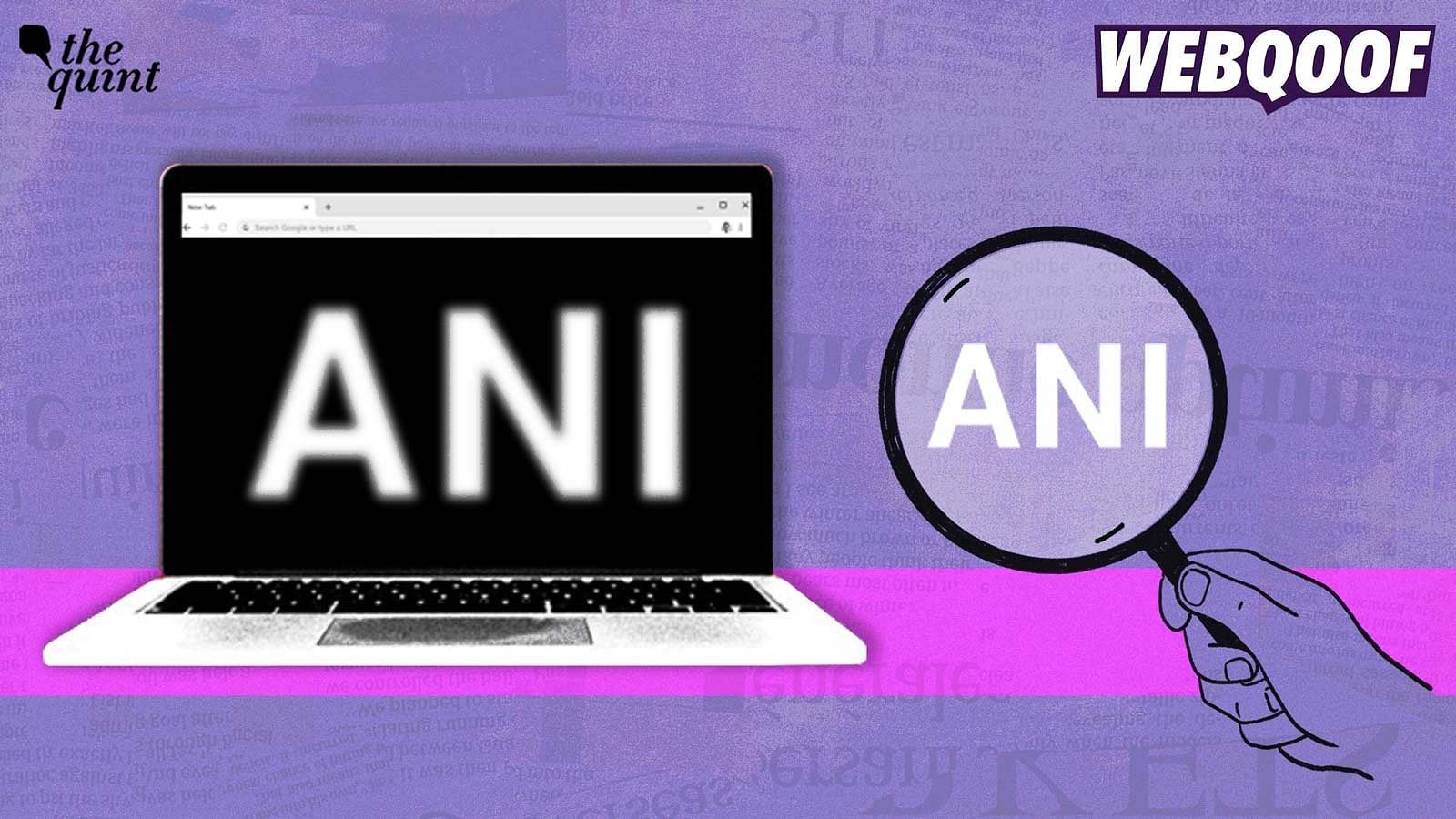






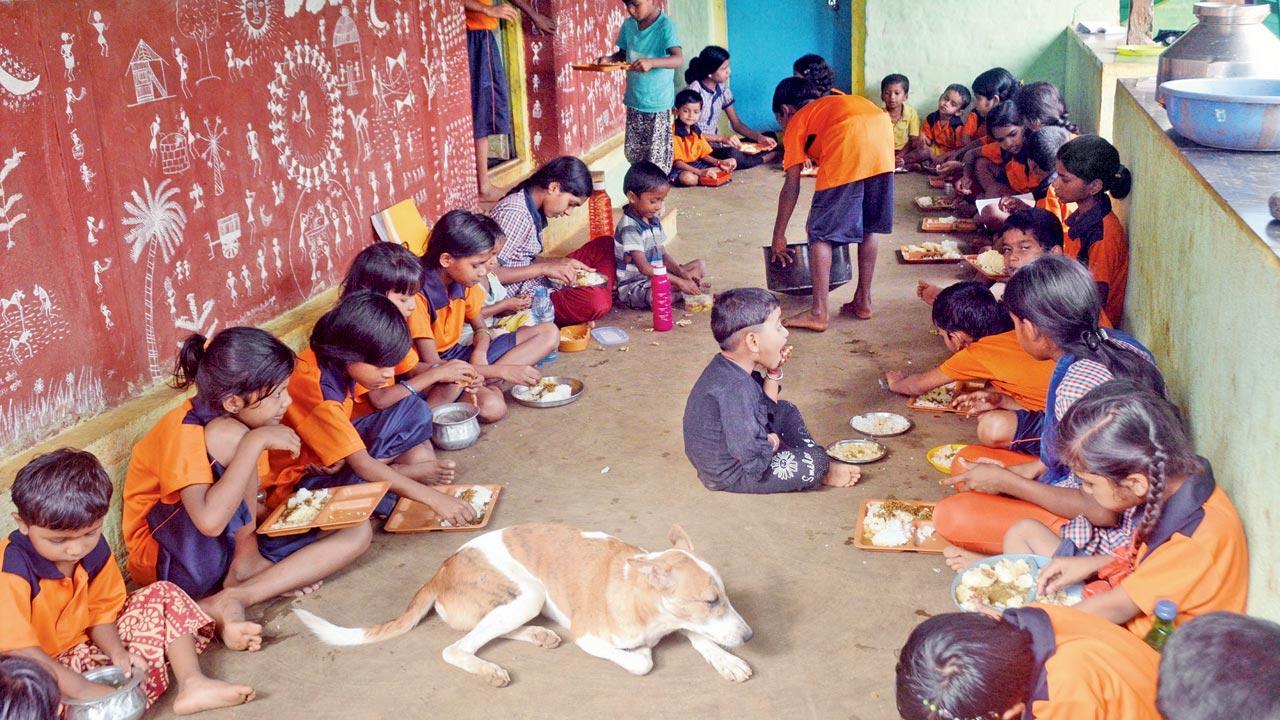


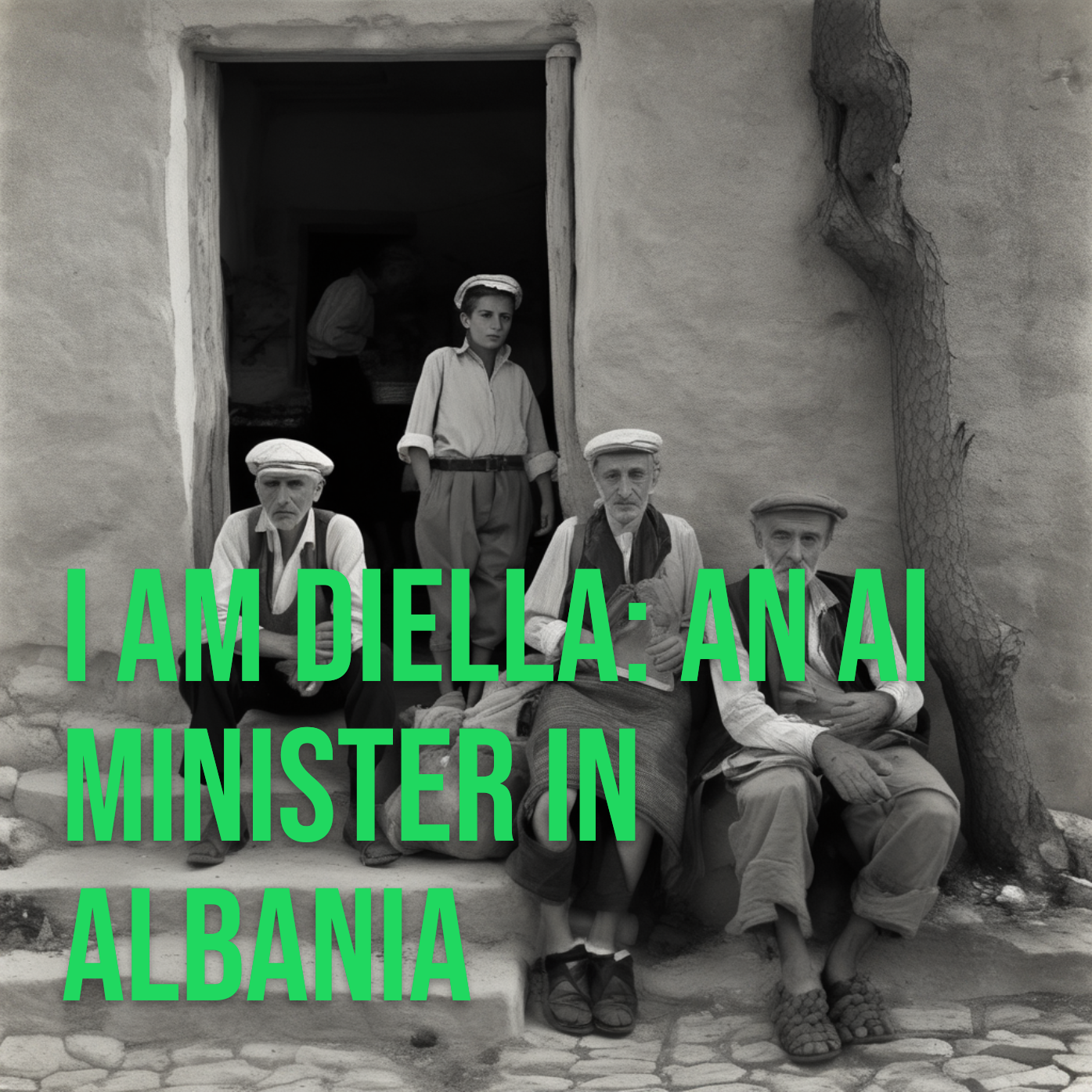

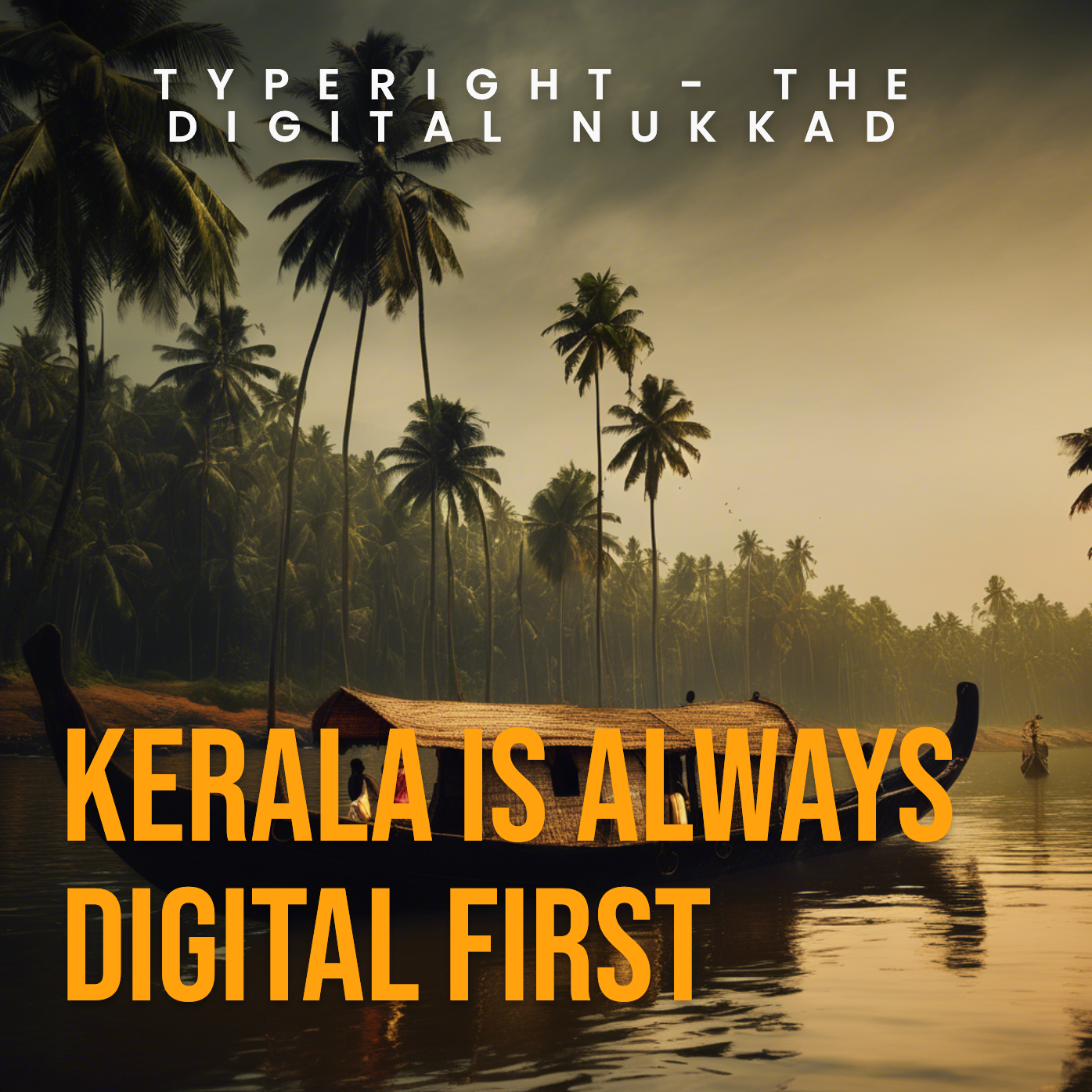
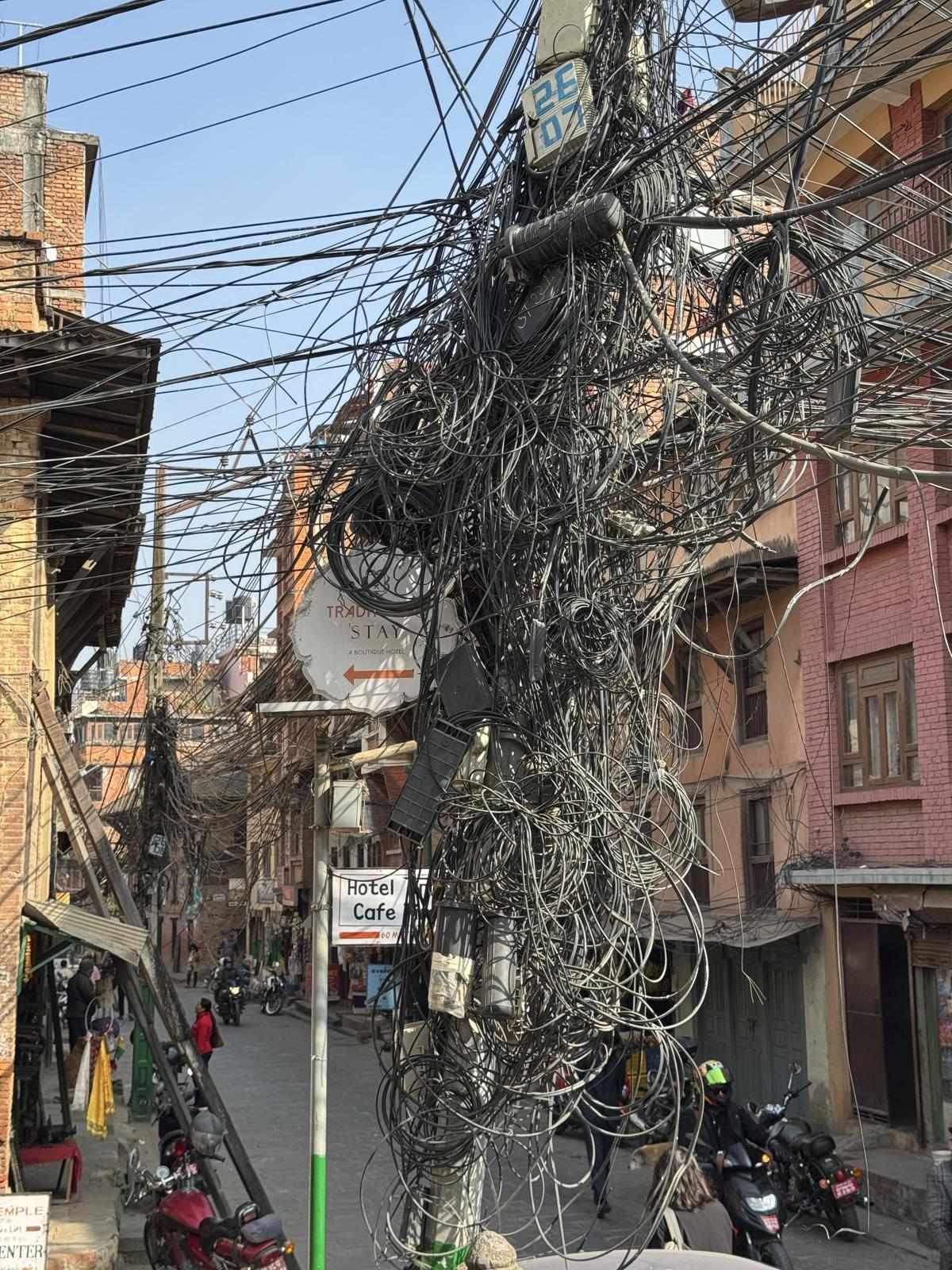
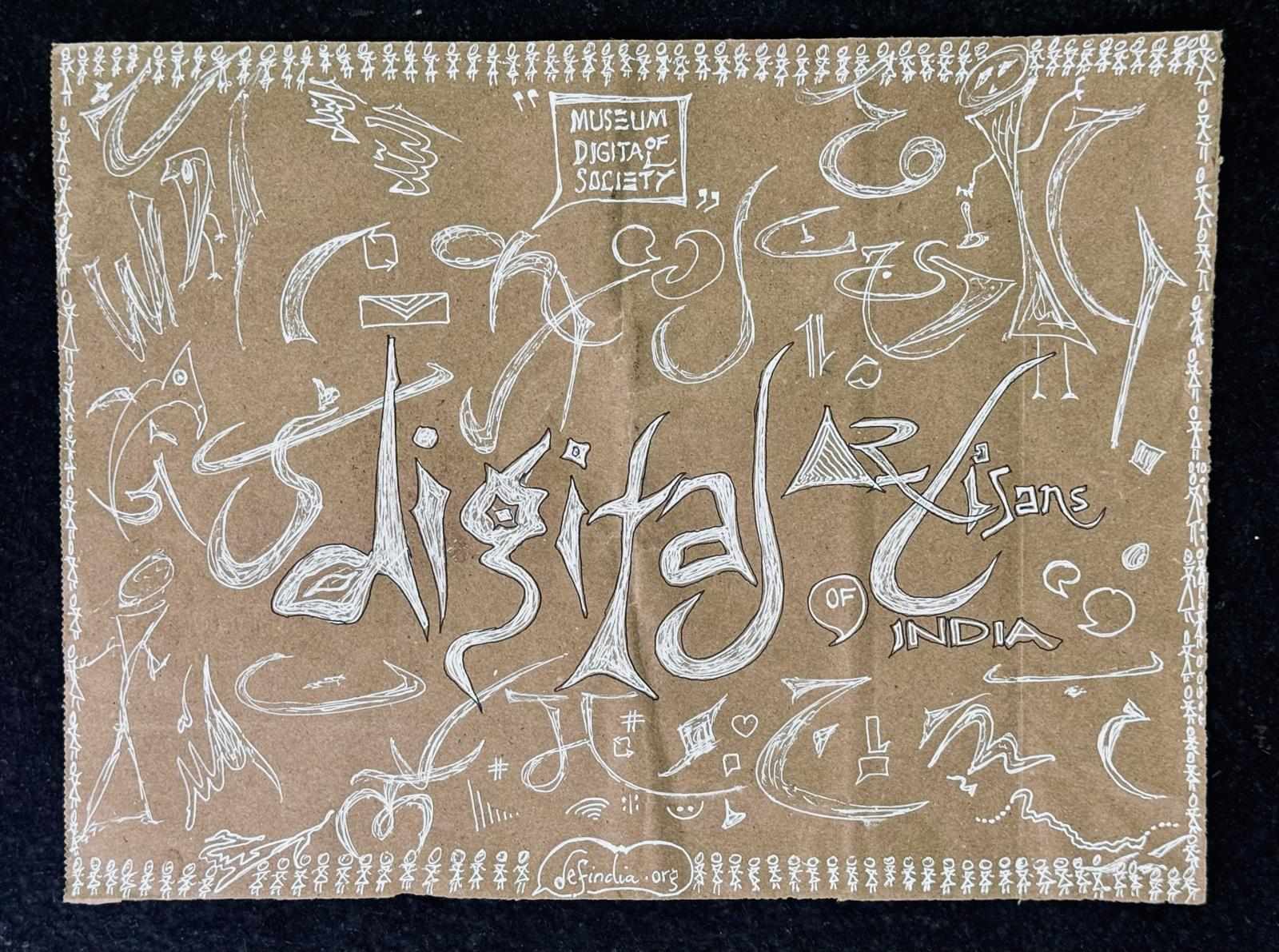
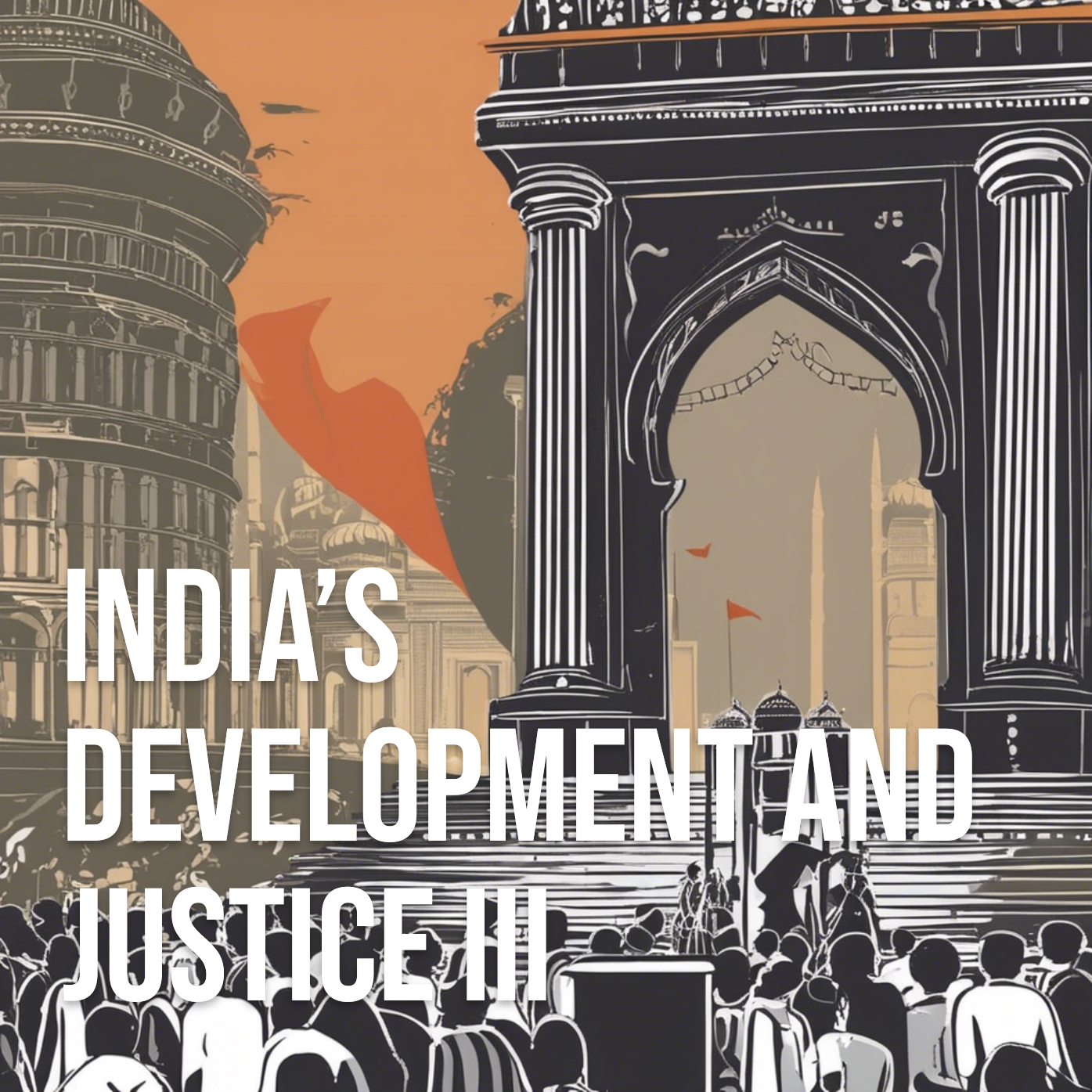
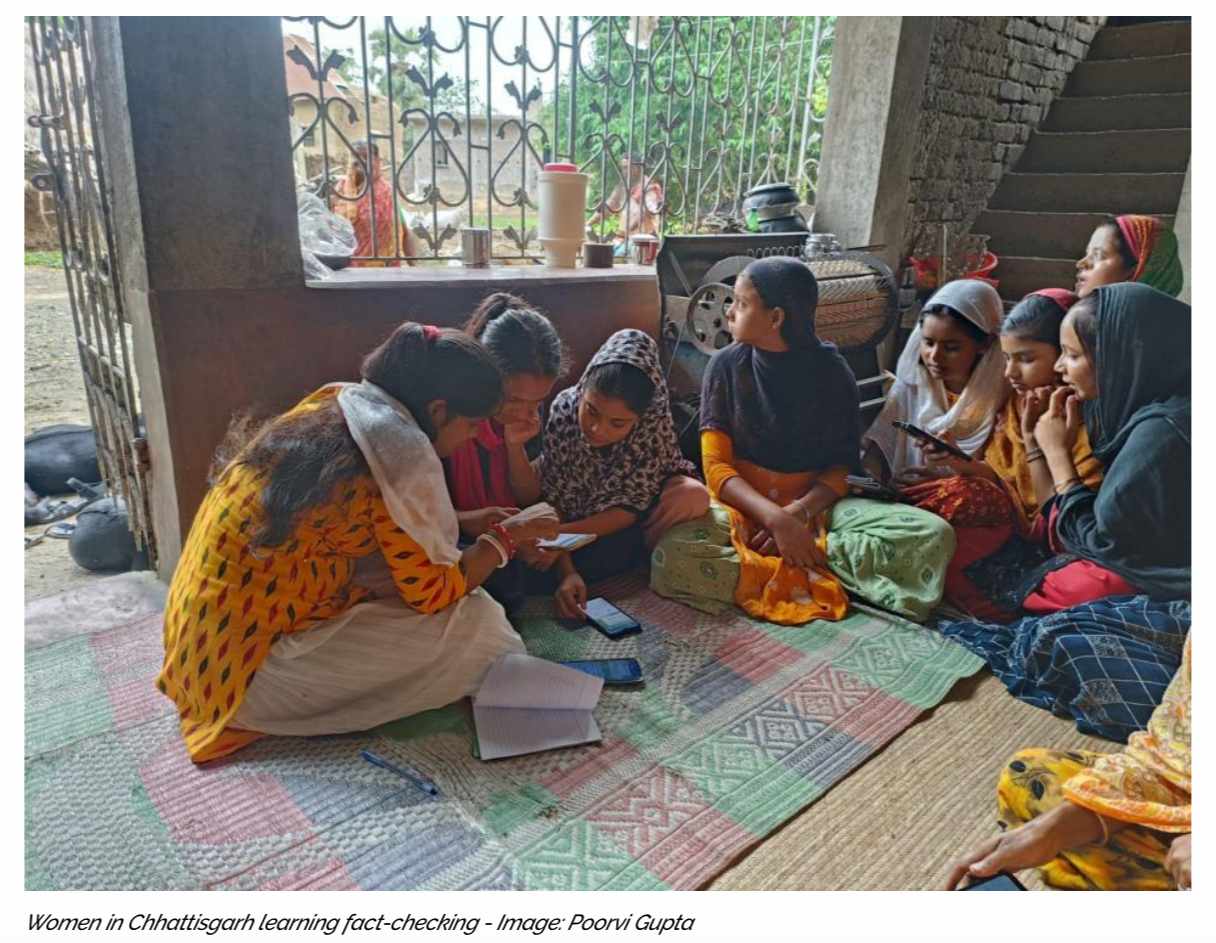
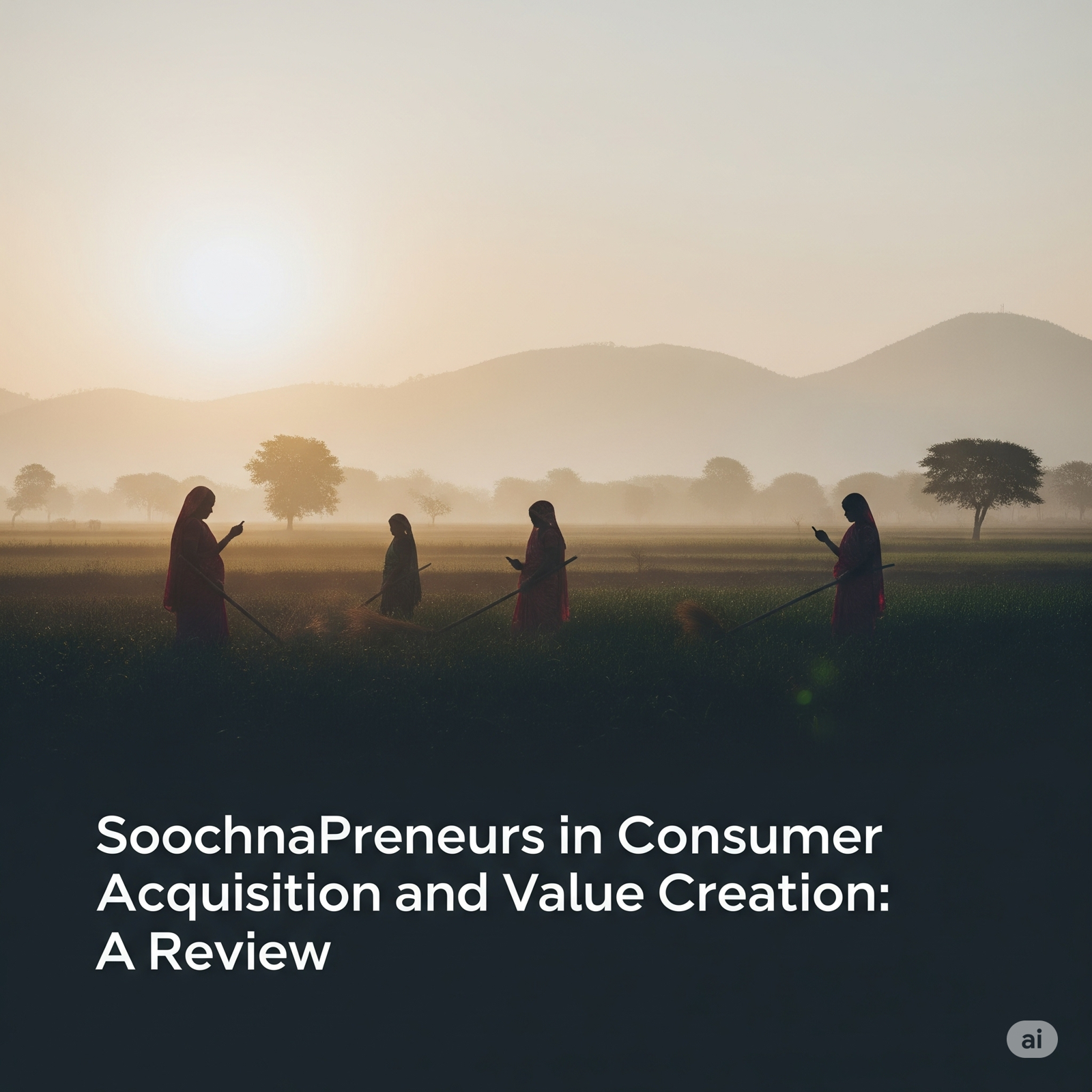

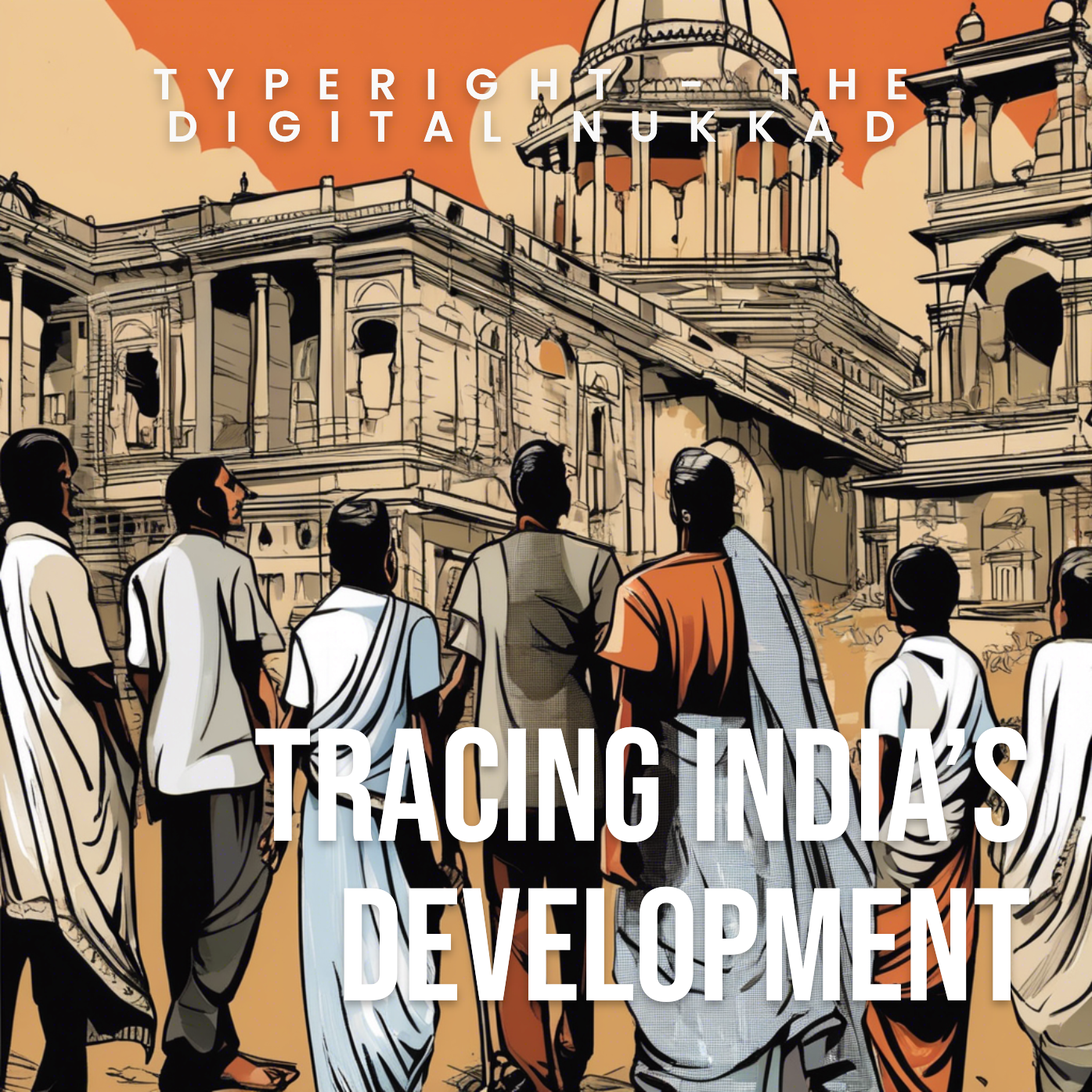









 might be?](https://sk0.blr1.cdn.digitaloceanspaces.com/sites/1394/posts/714526/dbc8de4c-5c50-411f-aba0-55cfb74a692d.jpeg)

Write a comment ...